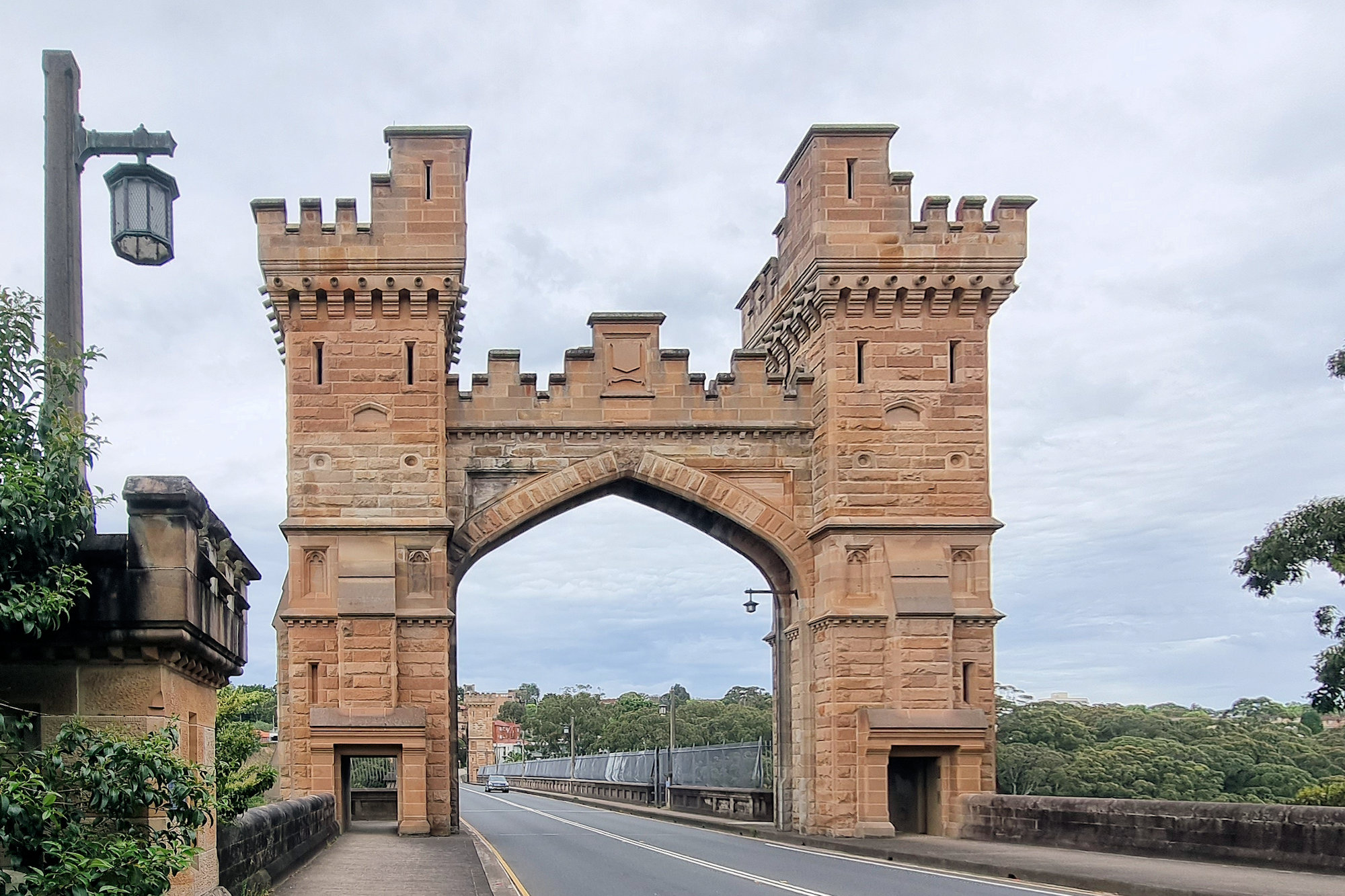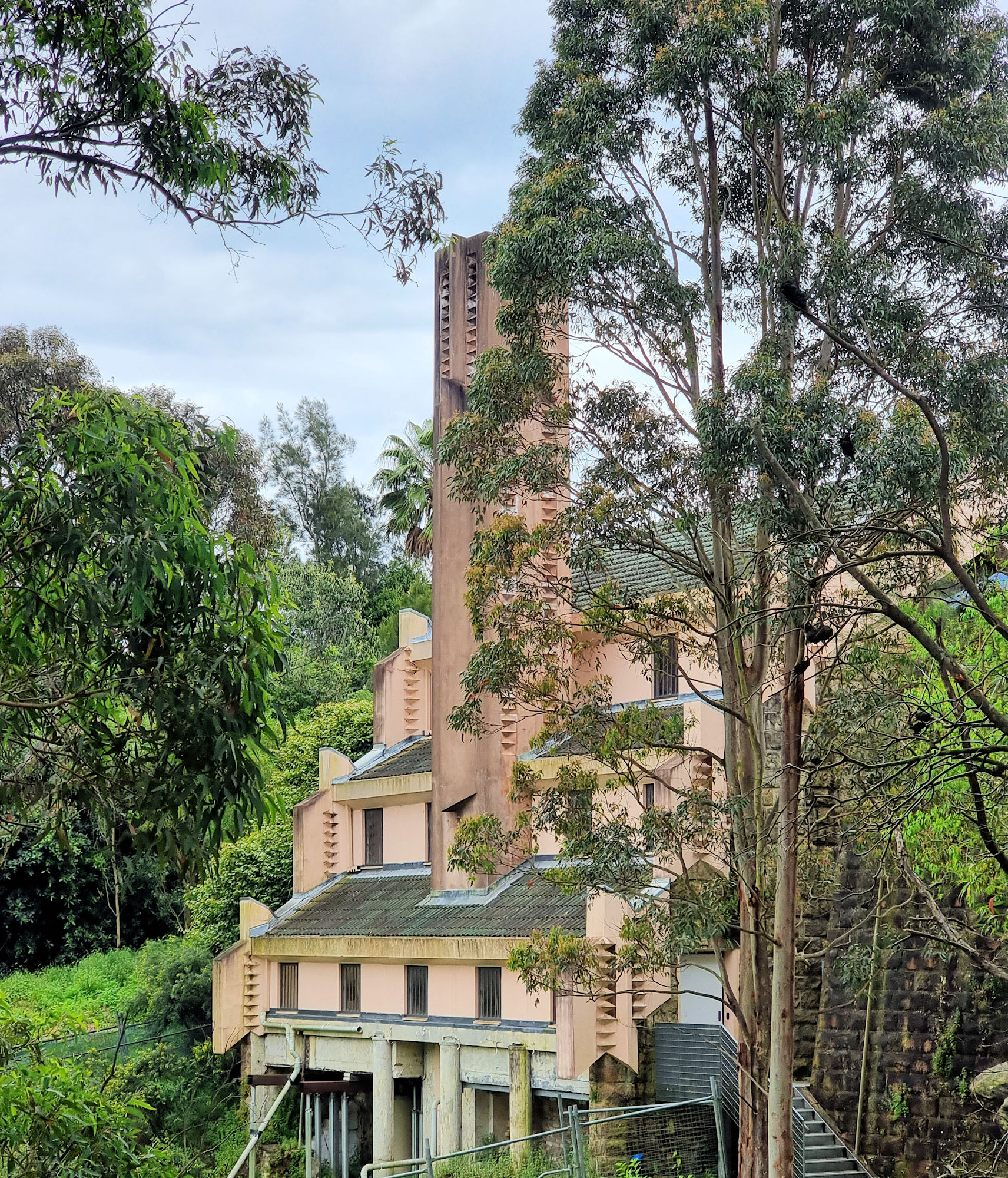Tag: travel
-
The Strand Arcade Sydney

The Strand Arcade Sydney Located in the centre of the Sydney CBD and running from Pitt to George Street, the Strand Arcade is one of Sydney’s premier shopping destinations. Opened in 1892, The Strand is the only remaining arcade of its type in Sydney. With three levels, to explore and many cafes and restaurants, there’s… Read more
-
Long Gully Bridge Sydney

Long Gully Bridge Built to access and promote a new housing development at Northbridge, Long Gully Bridge has wonderful crenellated battlements making it look very medieval. Originally built as a private steel suspension bridge in 1892, the bridge was transferred to the Department of Main Roads in 1935. To ensure its ability to sustain increased… Read more
-
Walter Burley Griffin Incinerator

Walter Burley Griffin Incinerator Built in 1934 the Walter Burley Griffin Incinerator was originally the Willoughby Municipal Incinerator. Its purpose was to dispose of Willoughby Council’s municipal waste rather than dumping it at the tip. As the name suggests, Walter Burley Griffin designed the building, the same architect responsible for the winning design of the… Read more